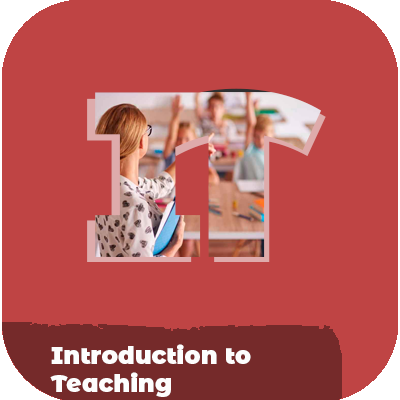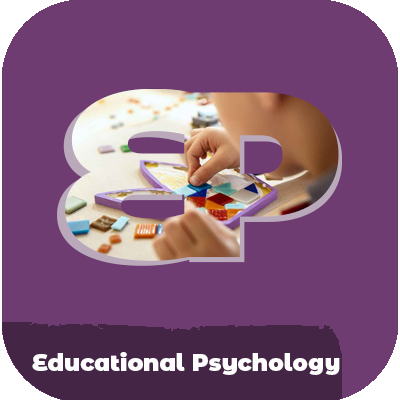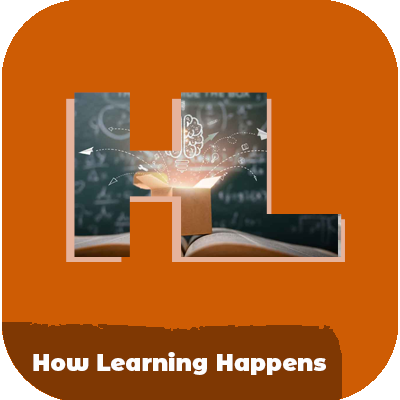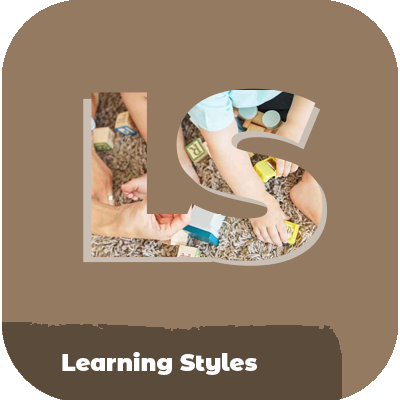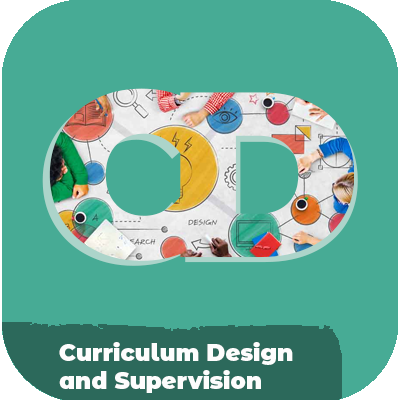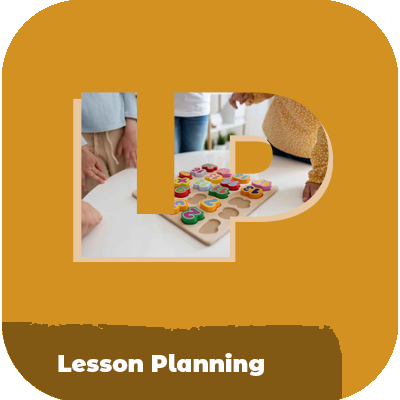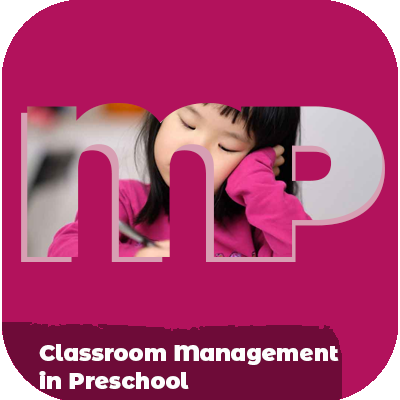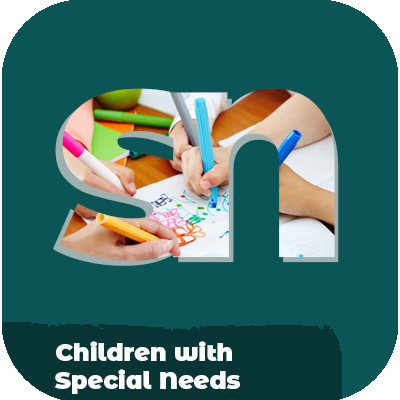Classroom Management
Course Objectives: The objectives of this course are designed to help you understand how to foster a positive learning environment and manage your classroom with clarity and confidence. Through this course, you’ll be able to create and implement a well-rounded classroom management plan that is both effective and empowering. Learning Objectives:- Develop strategies to establish a safe and orderly learning environment
- Understand the need for positive reinforcement and consequences
- Utilizing classroom management techniques to facilitate student learning
- Identifying effective communication procedures between teachers and parents
- Create an effective classroom management plan for your elementary students that will sustain itself throughout the school year
- Gain a better understanding of how to maintain a positive classroom environment
- Deal with difficult situations as they arise
- Understand how to foster a positive learning environment and manage your classroom with clarity and confidence
- Organizing and managing materials
- Setting expectations for student behavior
- Developing procedures to support positive reinforcement
- Using incentives to motivate students
- Utilizing appropriate discipline techniques in response to misbehavior
- Understand how cultural and language differences can impact classroom management decisions



